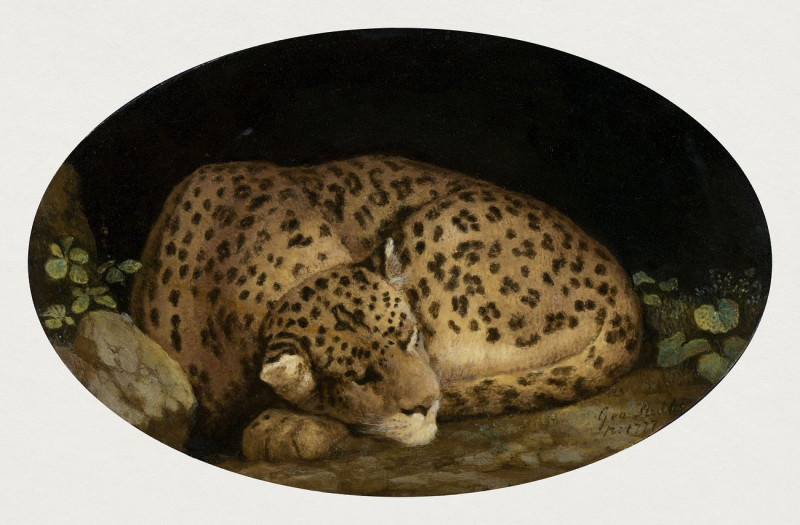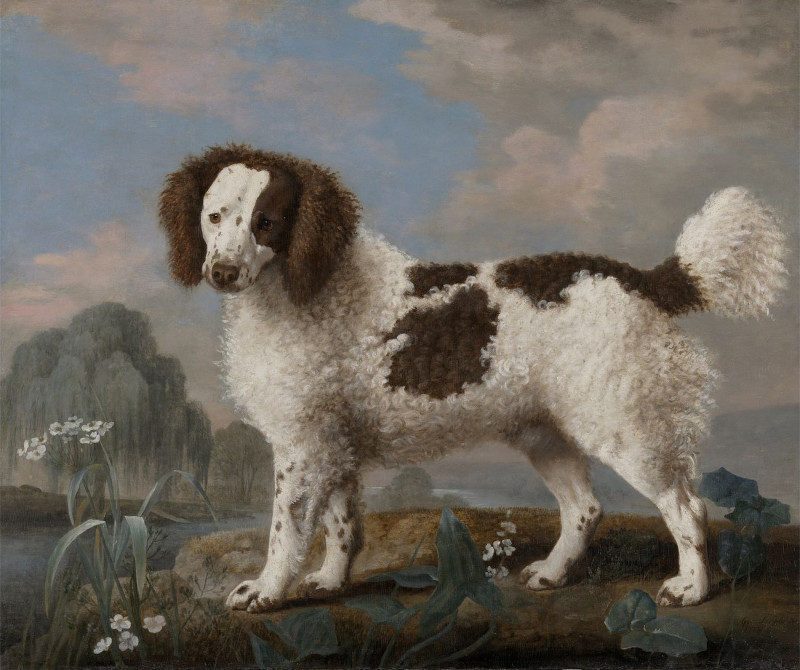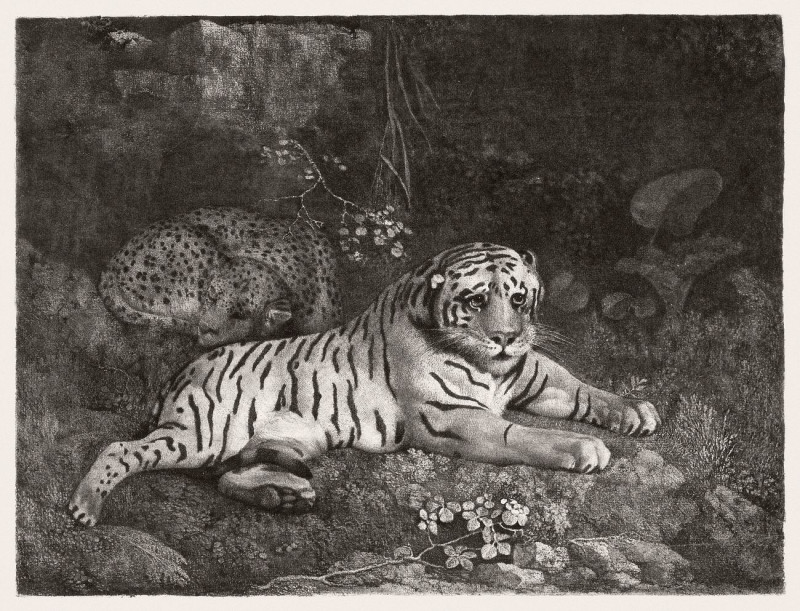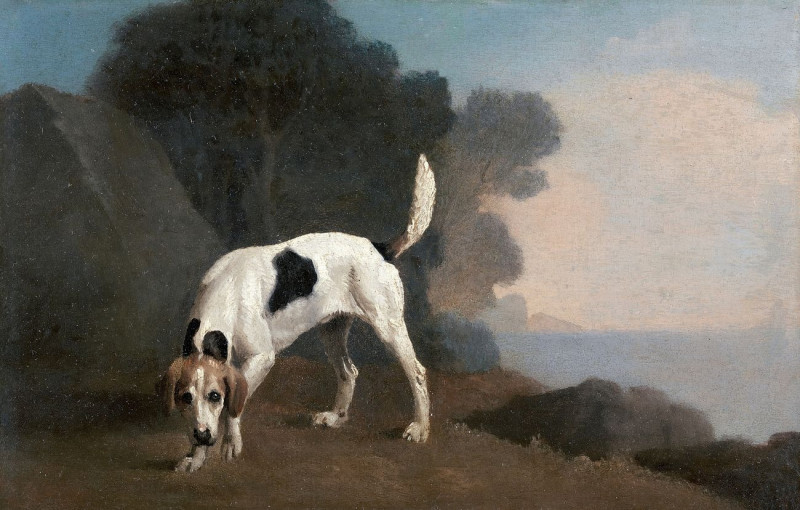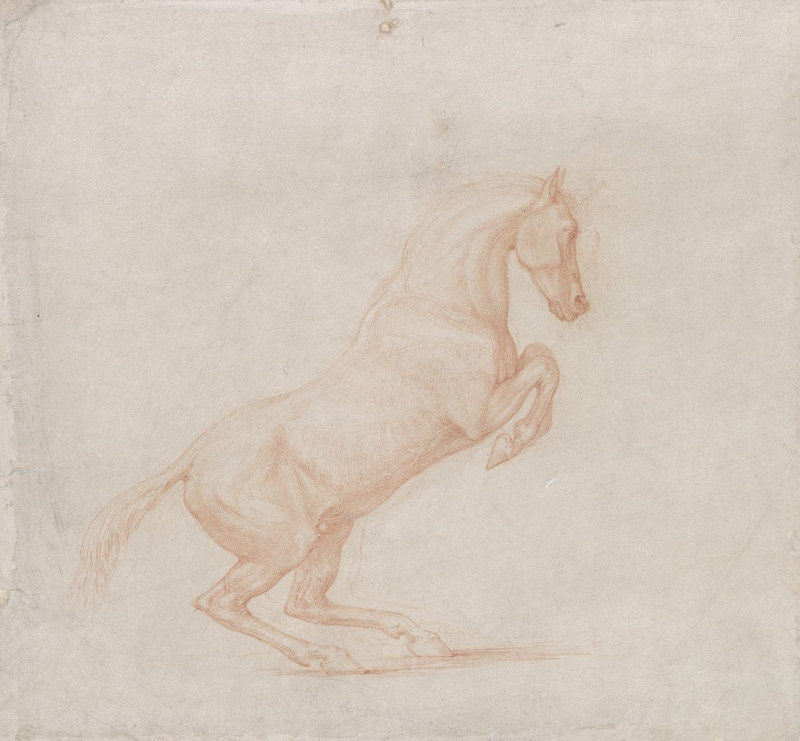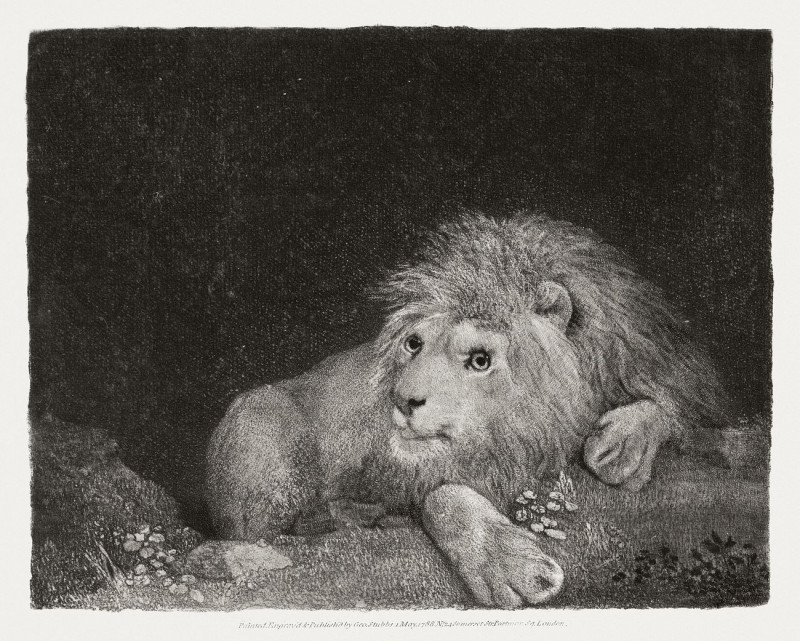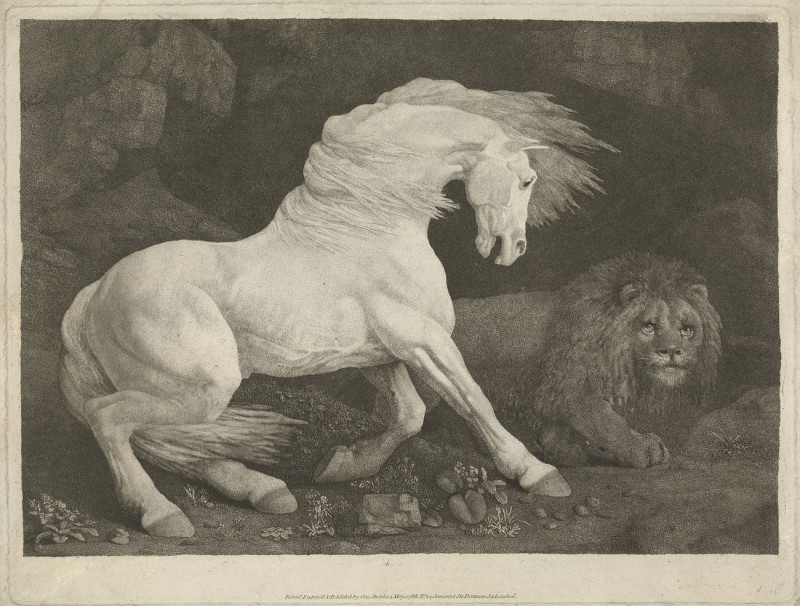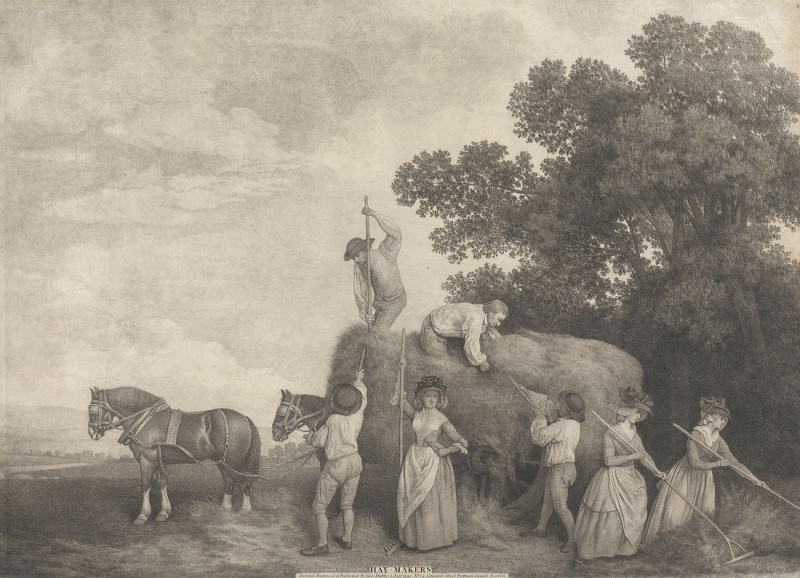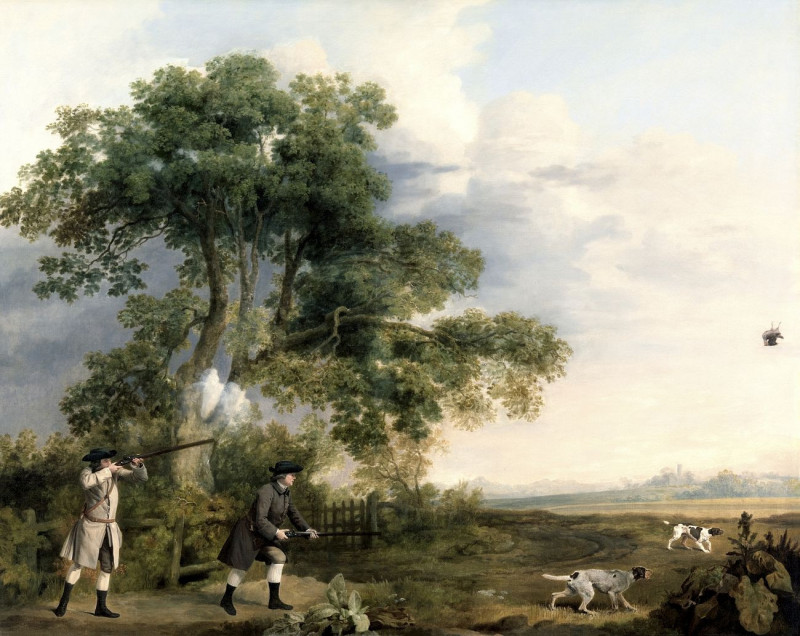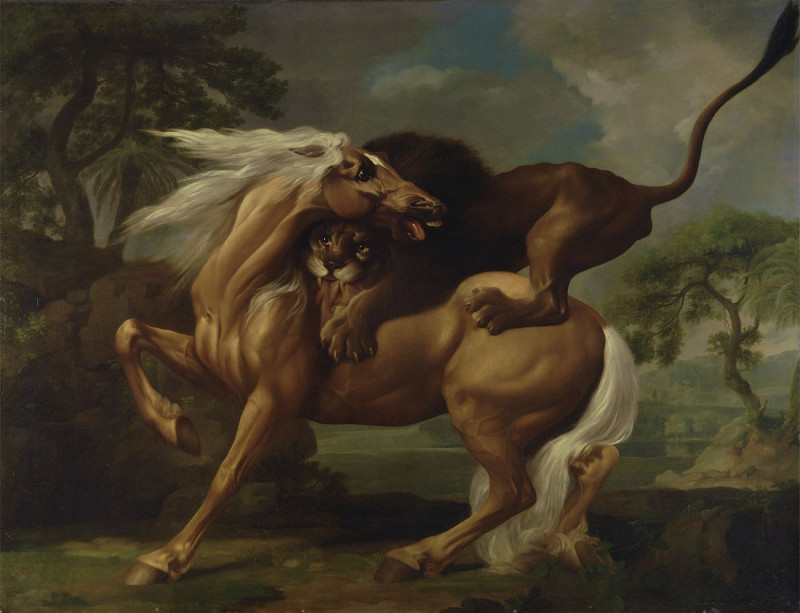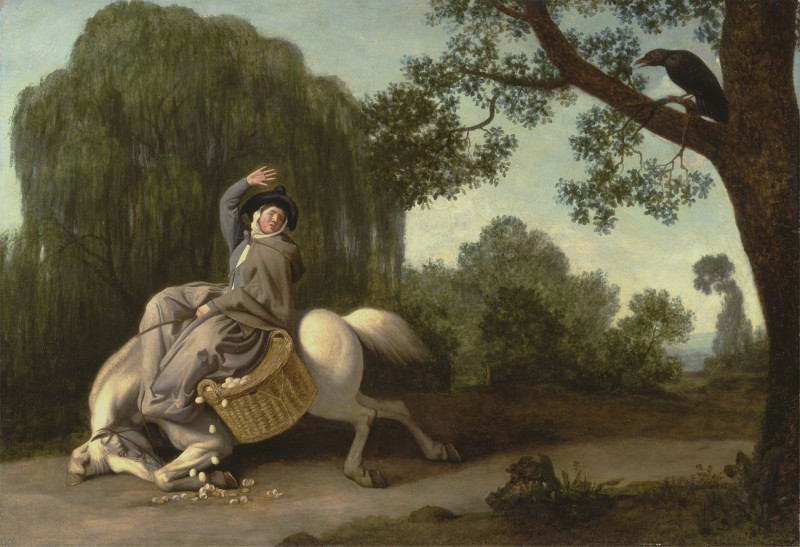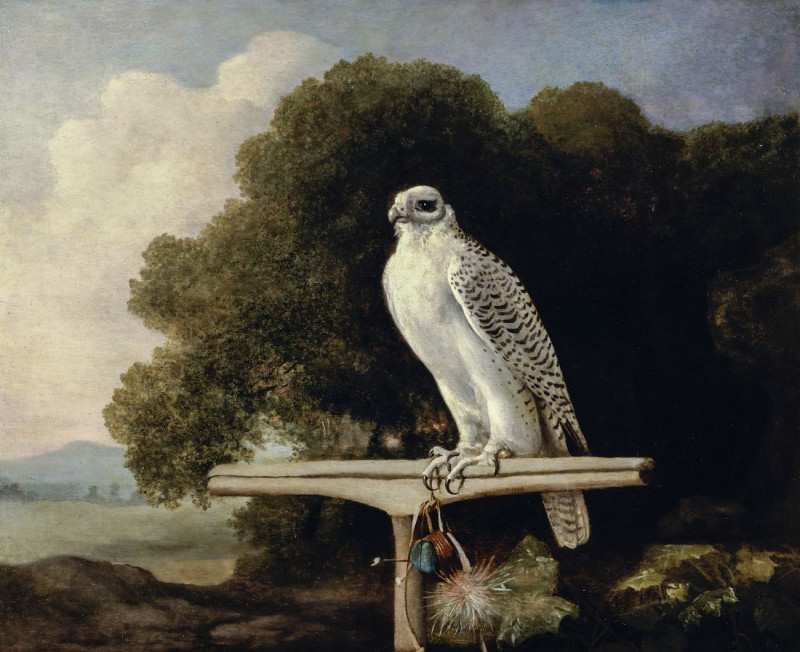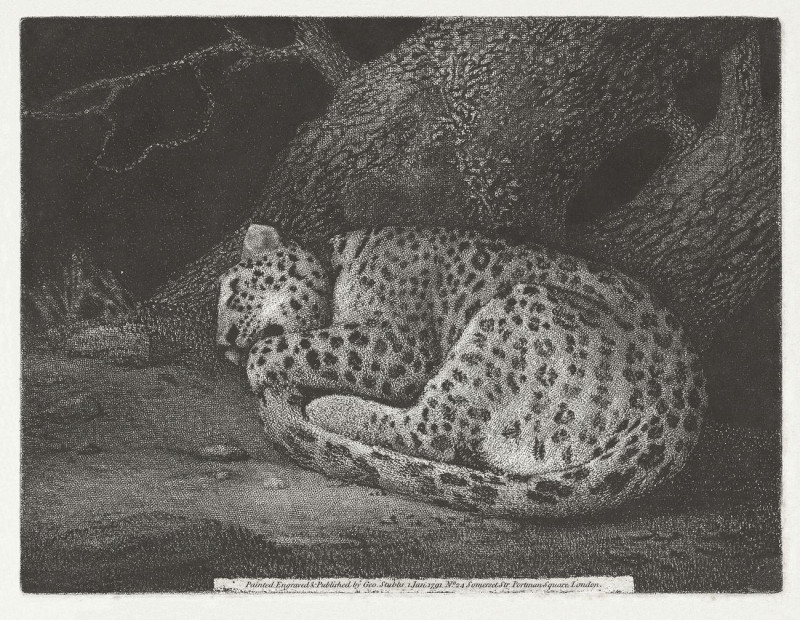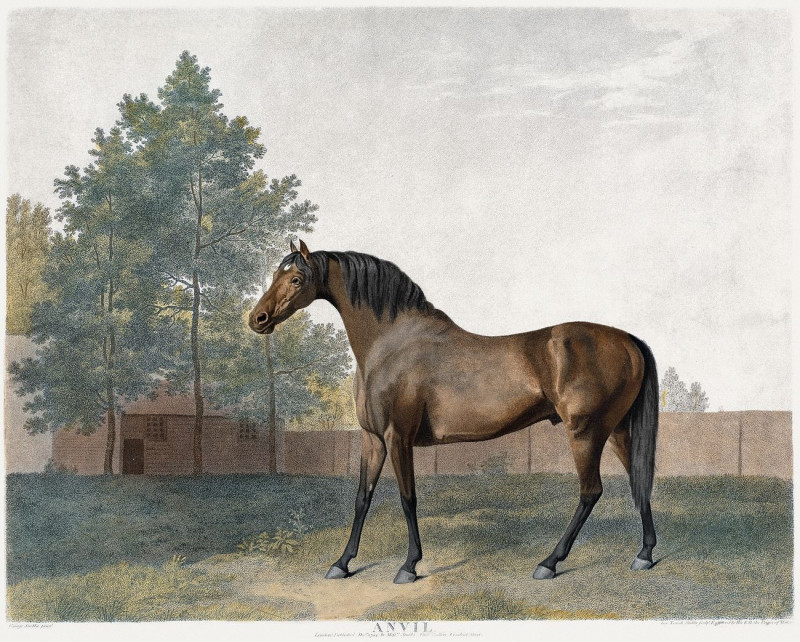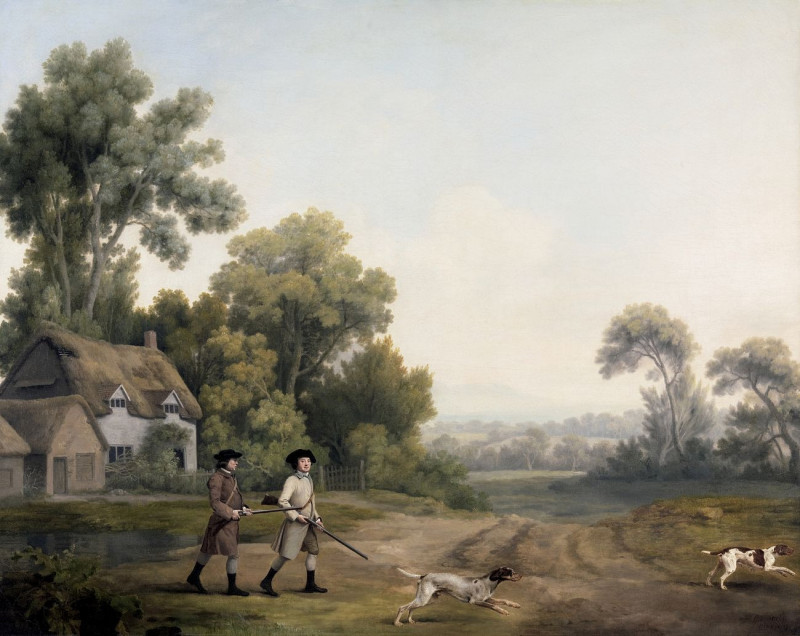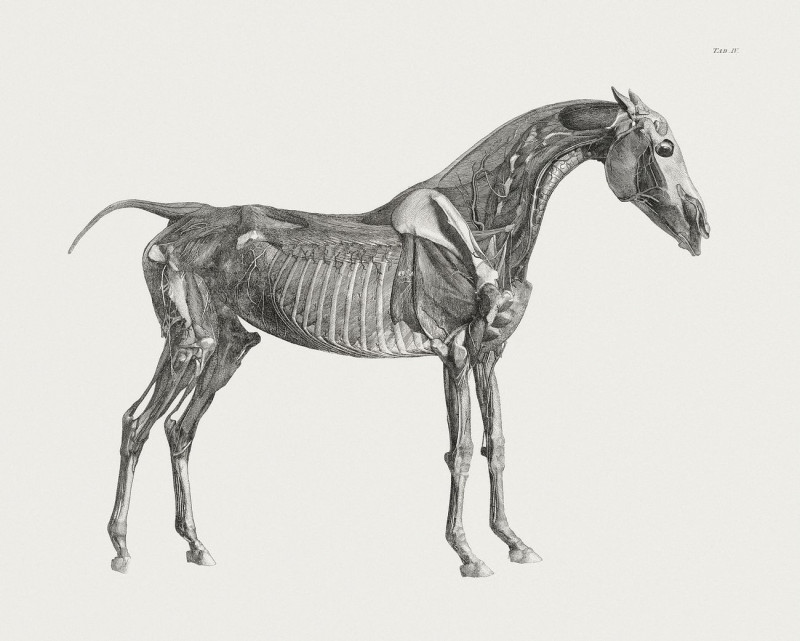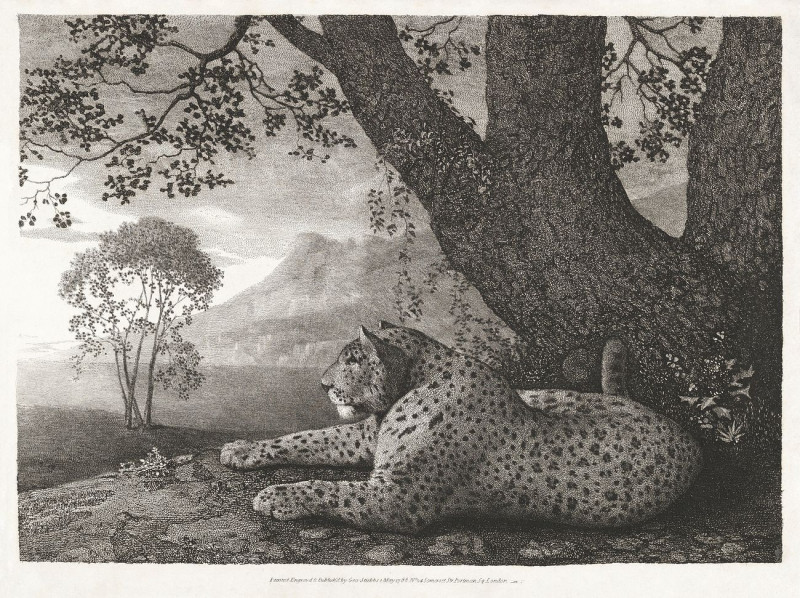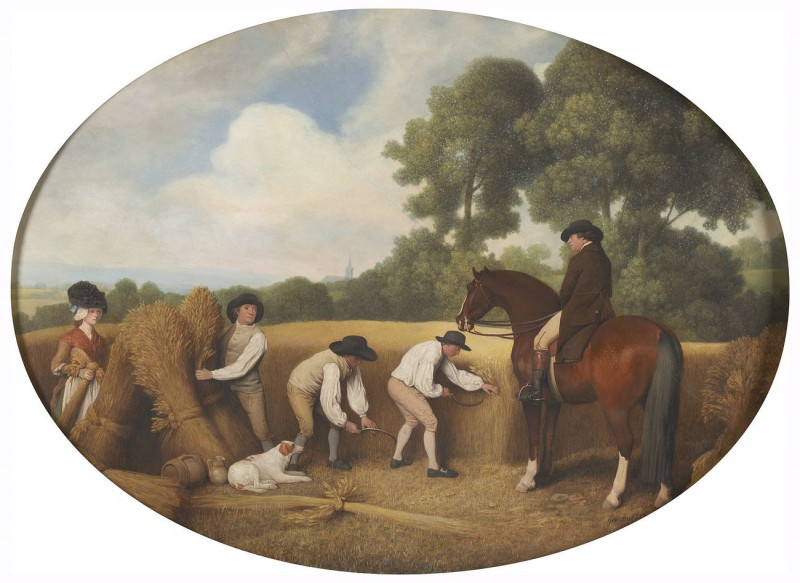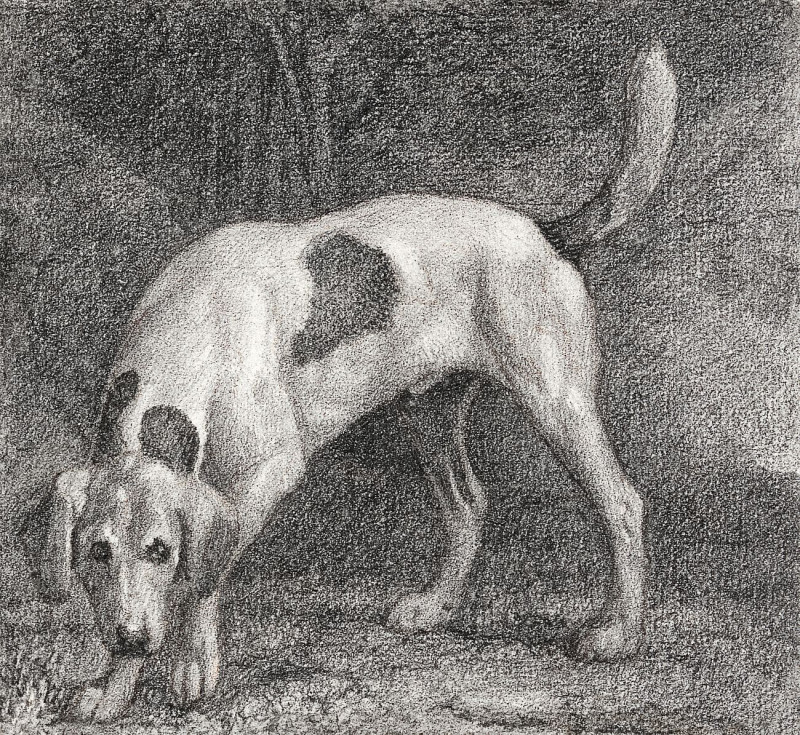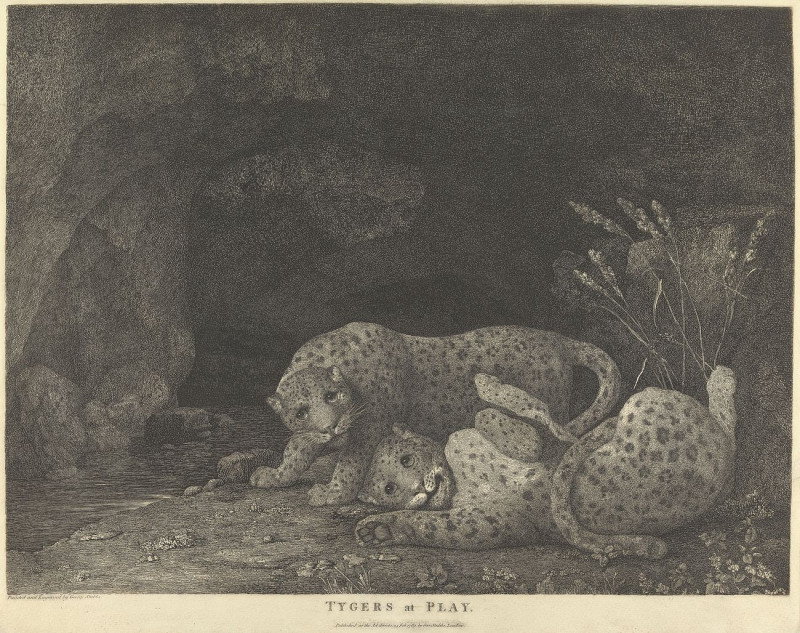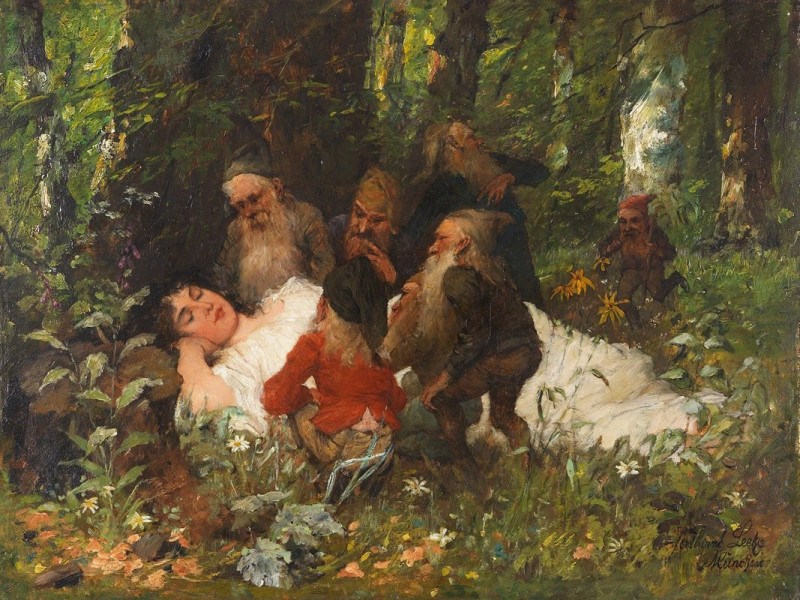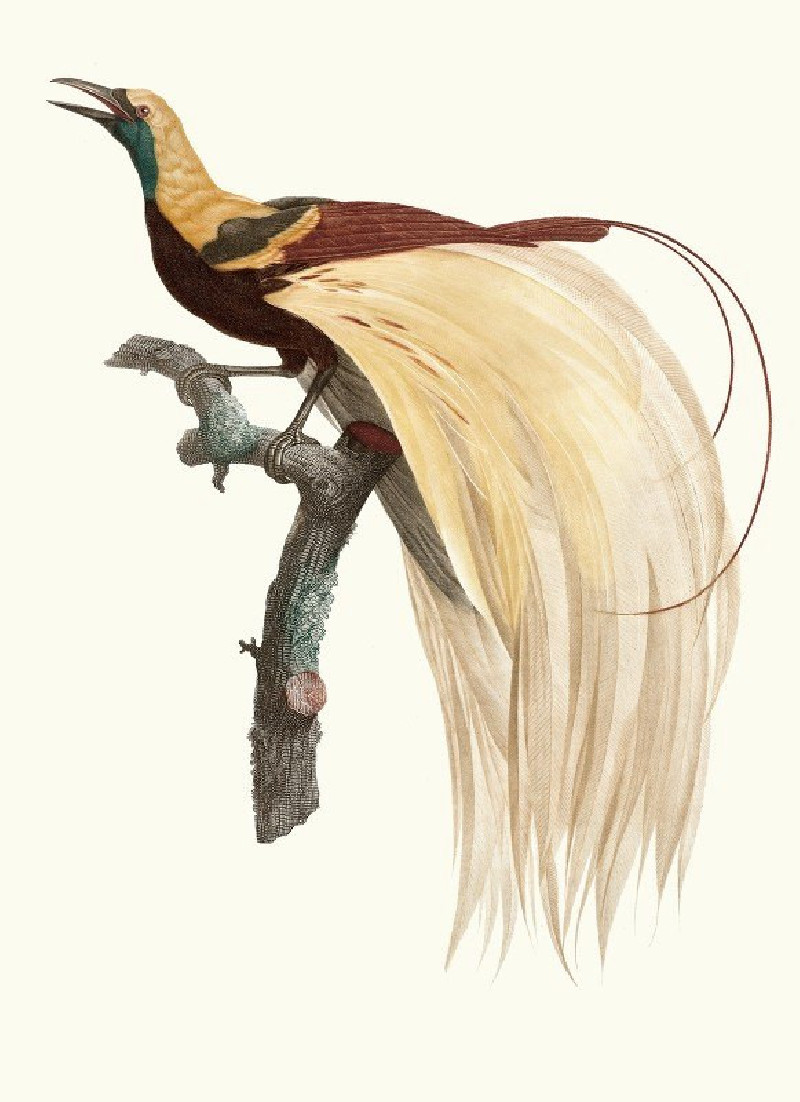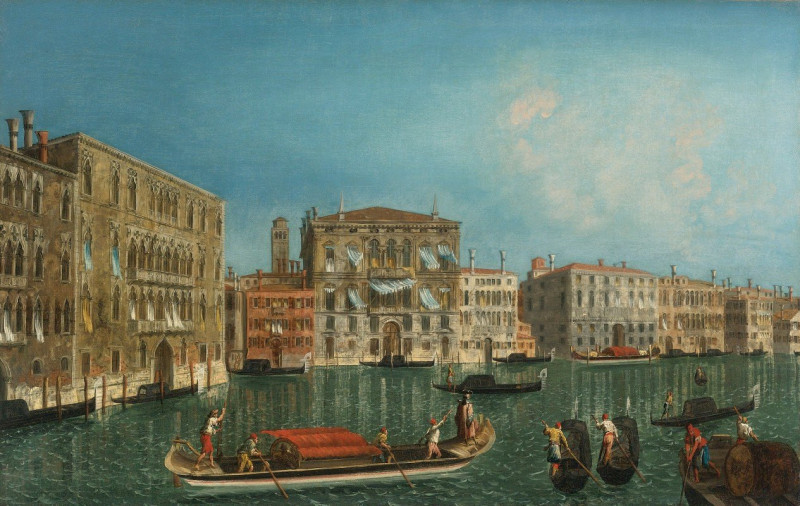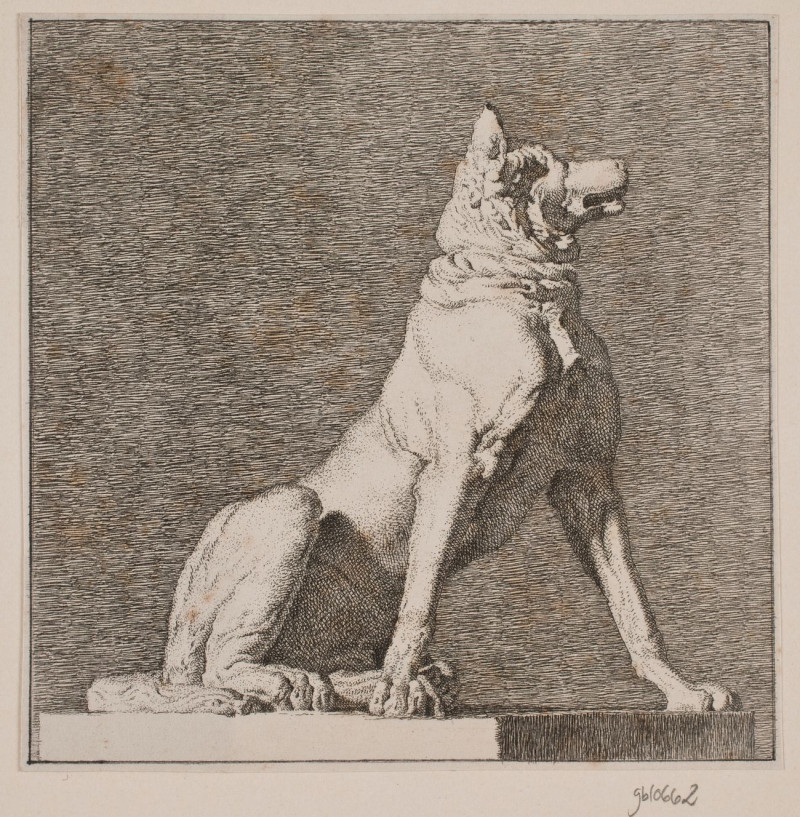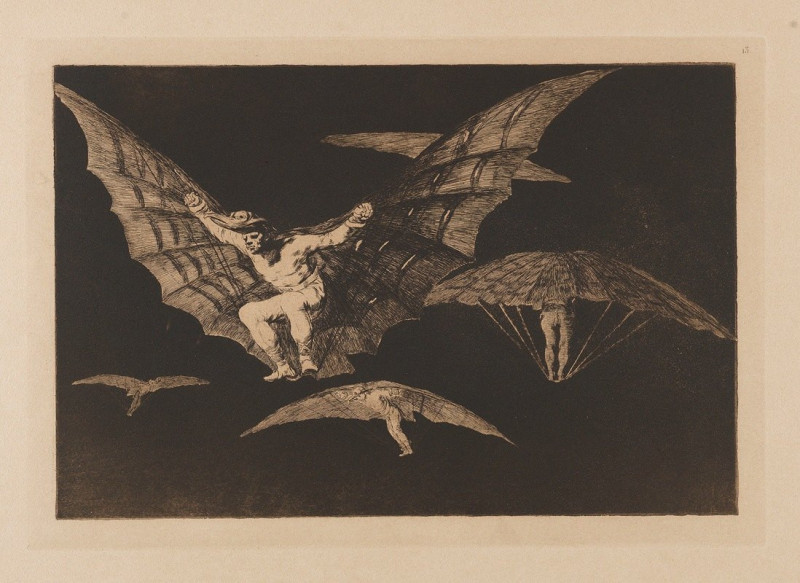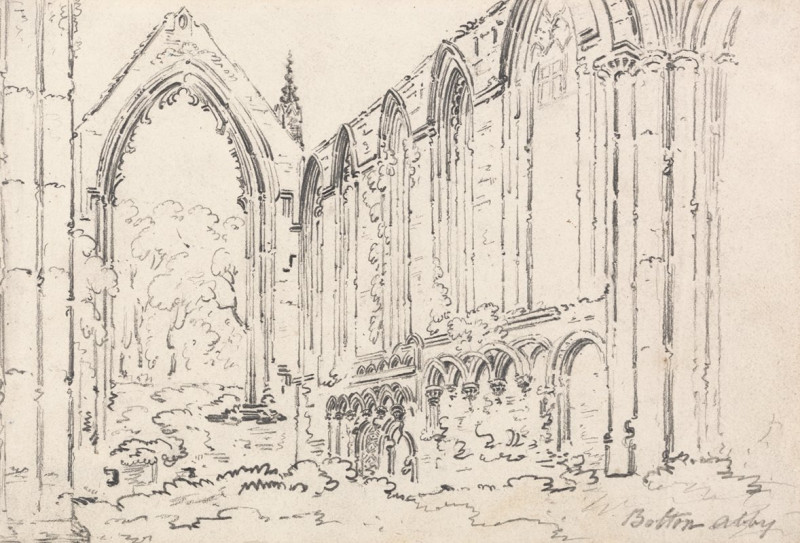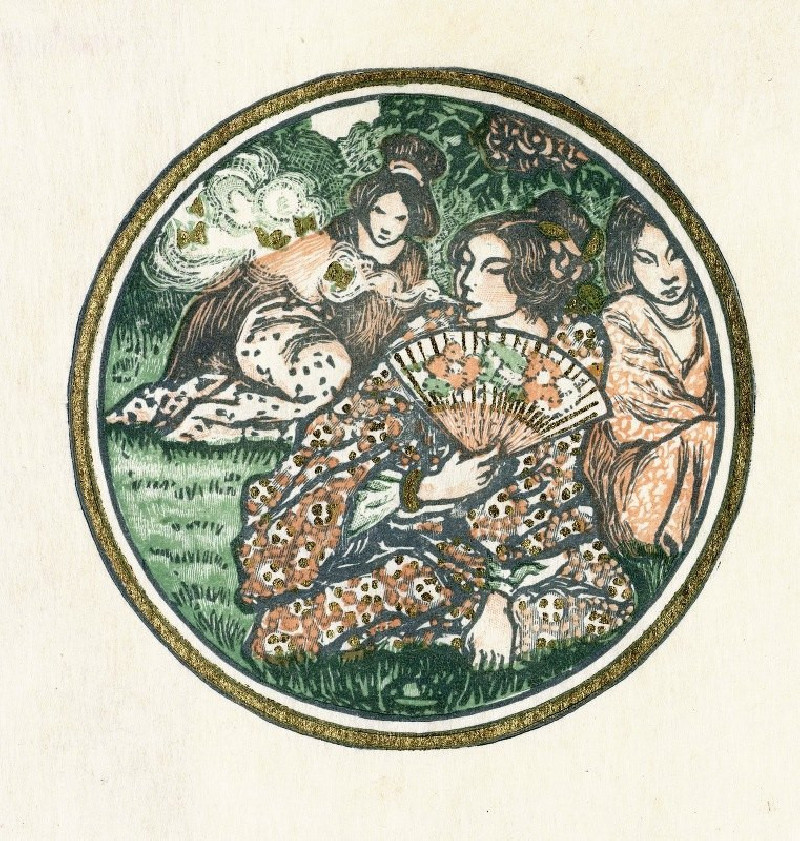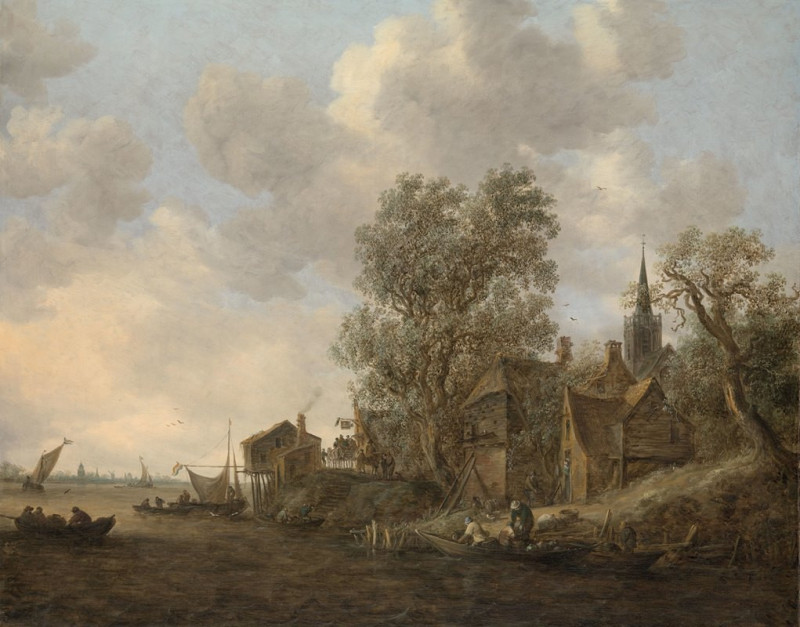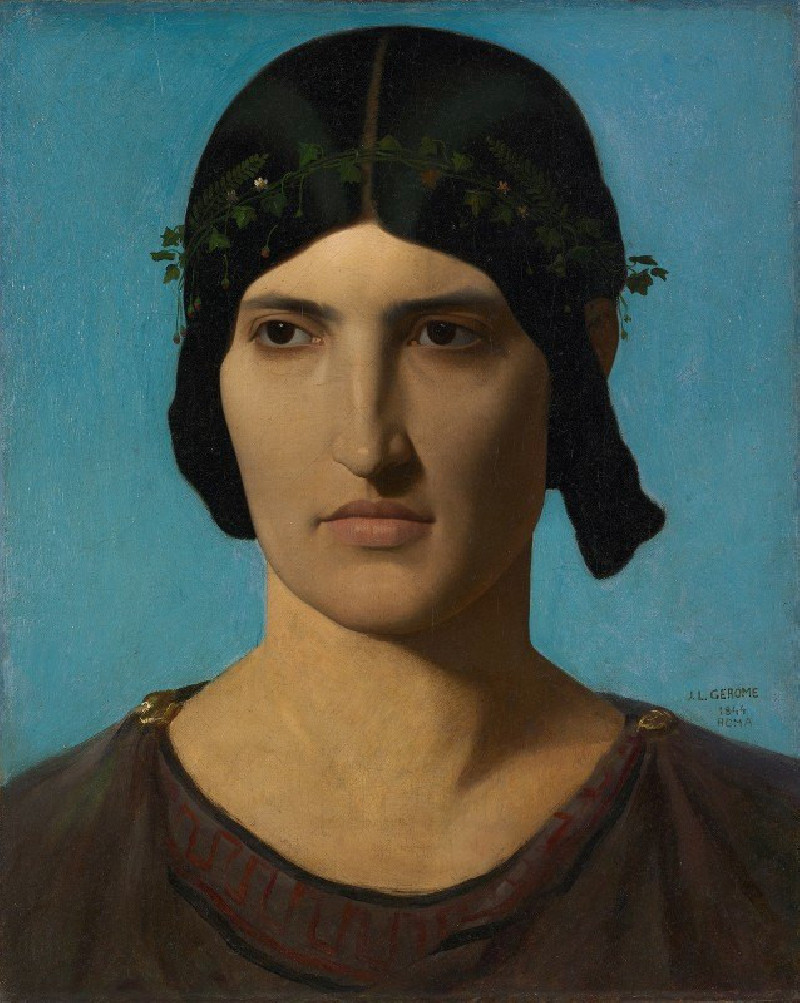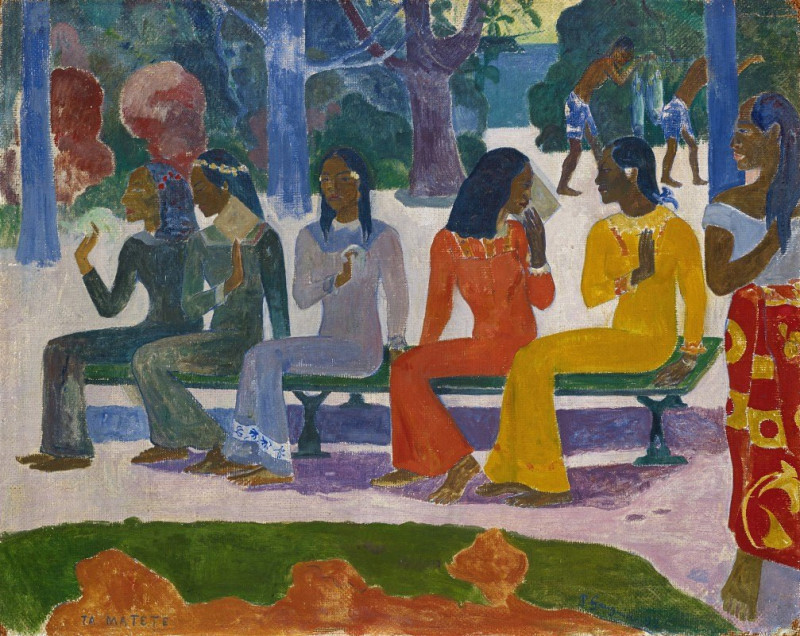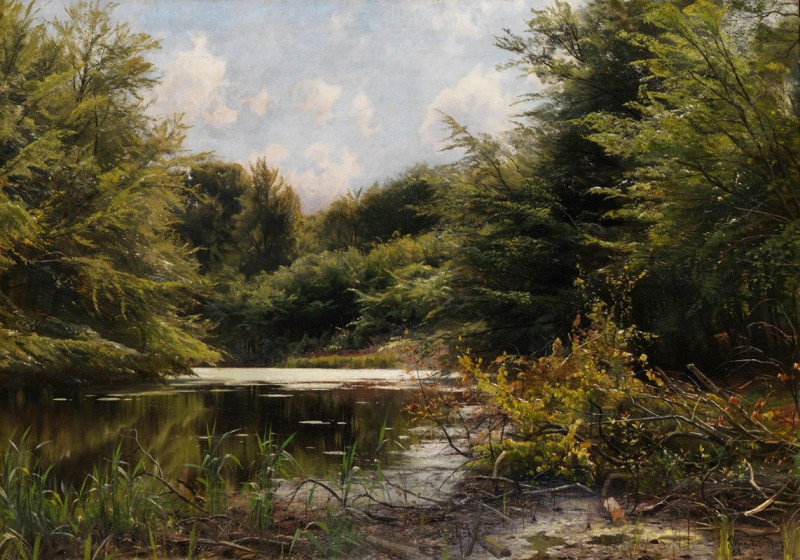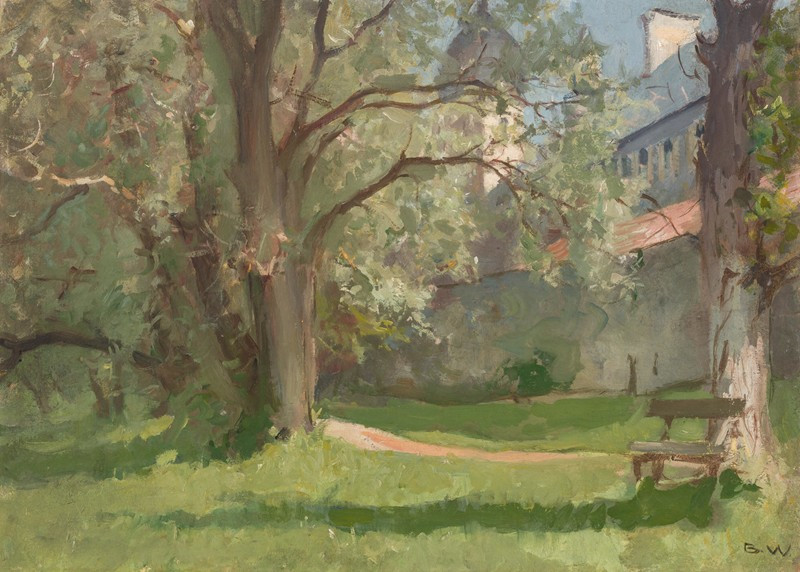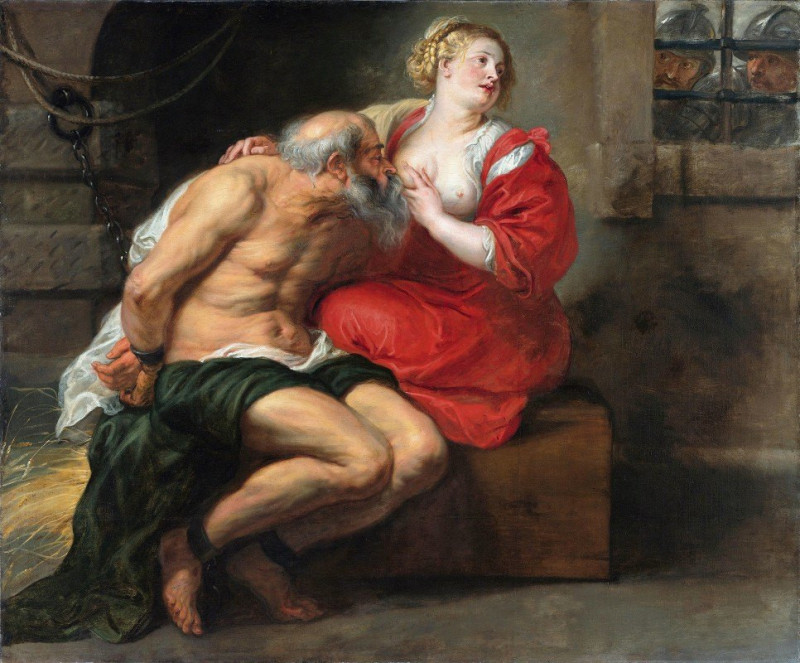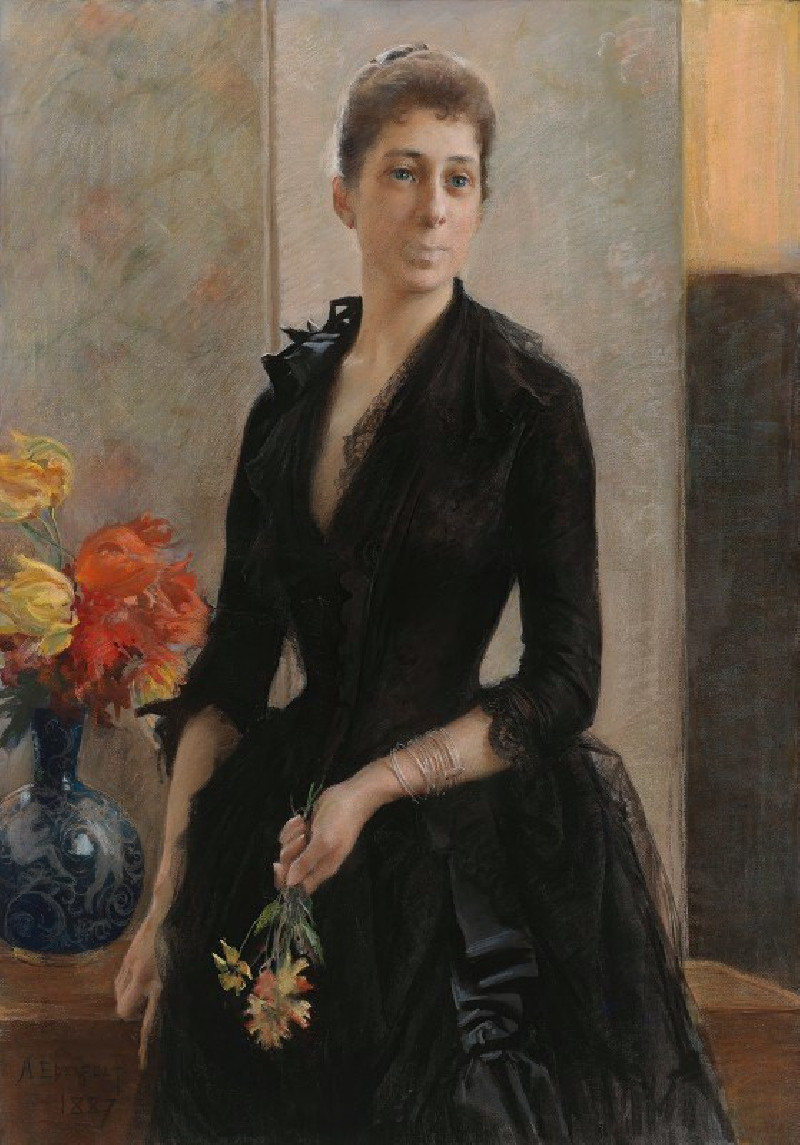Sleeping Leopard
Technique: Giclée quality print
Recommended by our customers
More about this artwork
"Sleeping Leopard" by George Stubbs is a beautifully rendered painting depicting a leopard in repose. The artwork captures the animal curled up, resting peacefully. The scene is set against a stark, dark background, which accentuates the dappled, golden fur and the distinctive spotting of the leopard’s coat. The texture of the fur is rendered with meticulous detail and realism, a hallmark of Stubbs' style.The painting adopts an oval composition, focusing entirely on the leopard without any distractions from the surrounding environment, thereby drawing the viewer’s attention solely to the subject. On one side, there are touches of greenery—some small, light green leaves peering out, adding a contrast to the otherwise dark tones and providing a hint of the leopard’s natural habitat.Stubbs, known primarily for his detailed studies of horses, demonstrates his expertise in animal anatomy here as well. The positioning of the leopard, the detail in its fur, and its peaceful expression collectively evoke a sense of tranquility and the natural grace of the wild animal. The textural details and the interplay of light and shadow are used effectively to create a lifelike image that is both scientifically accurate and artistically appealing. This painting not only showcases Stubbs' mastery of animal portraiture but also his ability to convey serenity and the essence of his subjects beautifully.
Delivery
Returns
George Stubbs (25 August 1724 – 10 July 1806) was an English painter, best known for his paintings of horses. Self-trained, Stubbs learnt his skills independently from other great artists of the 18th century such as Reynolds and Gainsborough. Stubbs' output includes history paintings, but his greatest skill was in painting animals, perhaps influenced by his love and study of anatomy. His series of paintings on the theme of a lion attacking a horse are early and significant examples of the Romantic movement that emerged in the late 18th century. He enjoyed royal patronage. His painting, Whistlejacket hangs in the National Gallery, London.

